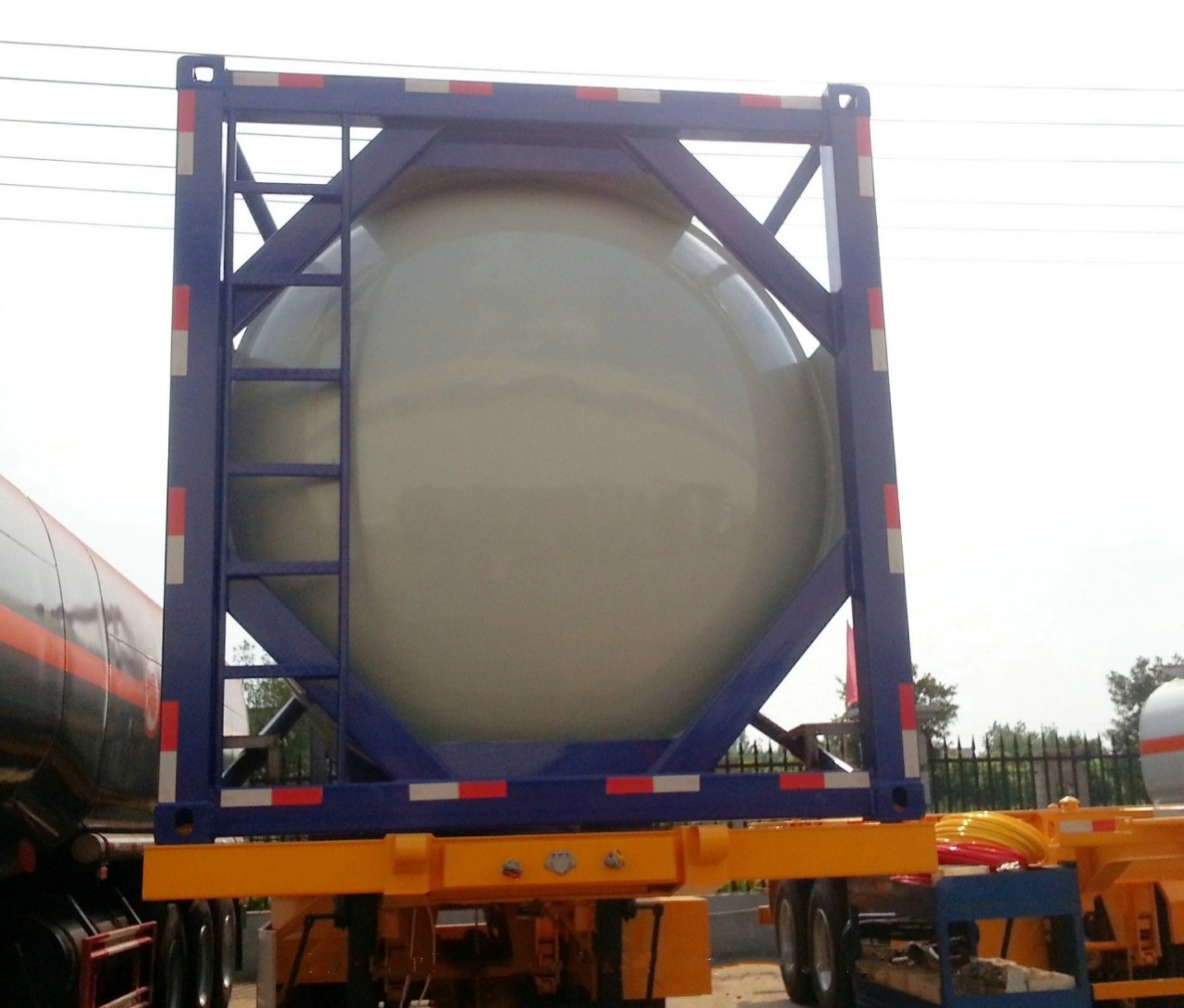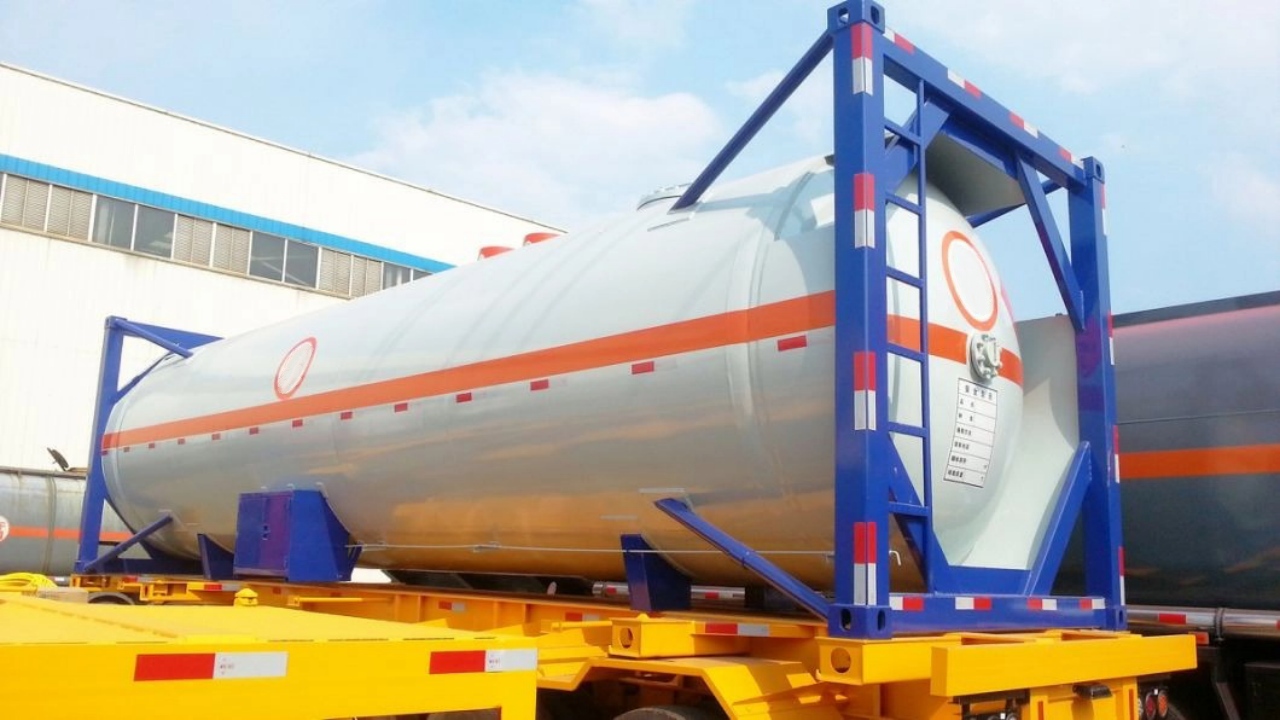ISO tanks are indispensable assets in the global logistics and transportation industry, especially for the movement of bulk liquids, gases, and powders across vast distances. Their durability, standardization, and versatility have made them a staple for industries like chemicals, food-grade products, pharmaceuticals, and petrochemicals. But like any other piece of equipment, ISO tanks have a finite lifespan. Understanding the useful life of an ISO tank is crucial for asset management, maintenance planning, cost forecasting, and safety assurance. So, what is the useful life of an ISO tank, and what factors influence it?
Defining ISO Tanks
An ISO tank, or ISO tank container, is a stainless steel pressure vessel built according to the International Organization for Standardization (ISO) specifications. These tanks are mounted within a standard frame that measures 20 feet in length, enabling them to be easily handled and transported by ships, trains, and trucks using standard container-handling equipment.
ISO tanks are used to transport a wide range of liquids, including hazardous chemicals, food-grade liquids, fuels, industrial gases, and more. They are designed to be durable, corrosion-resistant, and capable of withstanding harsh environmental conditions.
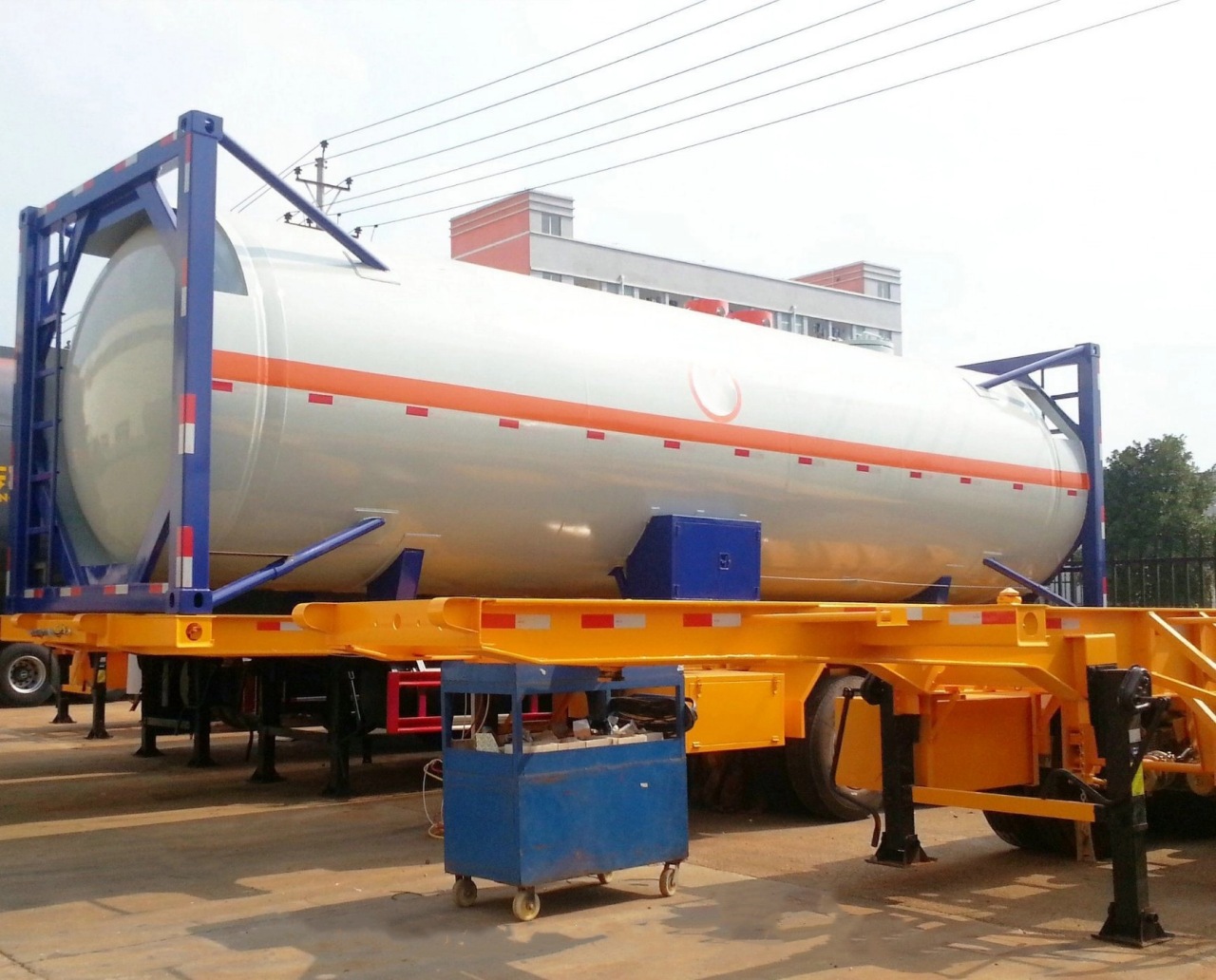
Typical Useful Life of an ISO Tank
On average, the useful life of an ISO tank is 20 to 30 years. However, this range is not fixed and can vary significantly depending on various factors such as the tank’s construction quality, maintenance practices, usage patterns, and the nature of the substances it carries.
Key Lifecycle Milestones:
- Initial Certification: When a new ISO tank is manufactured, it undergoes a rigorous certification process to ensure compliance with safety and design standards (e.g., IMDG, ADR, RID, CSC, US DOT). This certification allows the tank to be used for transport worldwide.
- Periodic Inspections: ISO tanks must undergo periodic inspections every 2.5 years and more extensive ones every 5 years. These inspections include structural checks, pressure testing, valve checks, and thorough cleaning. Failure to pass these inspections can lead to decommissioning or costly repairs.
- End of Life: Once a tank fails to meet safety standards or becomes uneconomical to repair or maintain, it is retired from active service. It may then be scrapped or repurposed for static storage or industrial use.
Factors Affecting the Useful Life of an ISO Tank
While 20–30 years is the general benchmark, the actual useful life of a specific ISO tank depends on a multitude of variables:
1. Material Quality
Most ISO tanks are made with high-grade stainless steel such as 316L, known for its excellent corrosion resistance. Tanks constructed with superior materials tend to have longer lifespans, especially when used to transport corrosive substances.
2. Nature of the Cargo
Some substances are more corrosive or aggressive than others. For example, tanks used for transporting food-grade oils or water typically face less wear and corrosion than those used for harsh chemicals like hydrochloric acid or caustic soda. Repeated exposure to corrosive materials can reduce the tank’s structural integrity over time.
3. Cleaning Practices
Regular and thorough cleaning of the tank’s interior helps to minimize chemical residue buildup and corrosion. Ineffective cleaning practices can accelerate tank degradation, especially when switching between different cargo types.
4. Frequency of Use
An ISO tank that is constantly in operation, particularly in long-haul transport, will naturally wear out faster than one used occasionally or for short trips. Repeated loading, unloading, and transport introduce physical stress, increasing the risk of damage or fatigue.
5. Maintenance and Inspection
Routine maintenance and adherence to inspection schedules are crucial in extending an ISO tank’s life. Timely repairs, replacement of faulty valves, and corrosion control measures can all significantly prolong a tank’s serviceability.
6. Environmental Conditions
Exposure to extreme weather conditions, salty marine air, or industrial pollution can accelerate corrosion and material fatigue. Tanks used in offshore or coastal environments typically face harsher conditions than those operating inland.
7. Storage Conditions
Tanks that are stored properly in clean, dry, and sheltered environments between uses will last longer than those left exposed to the elements.
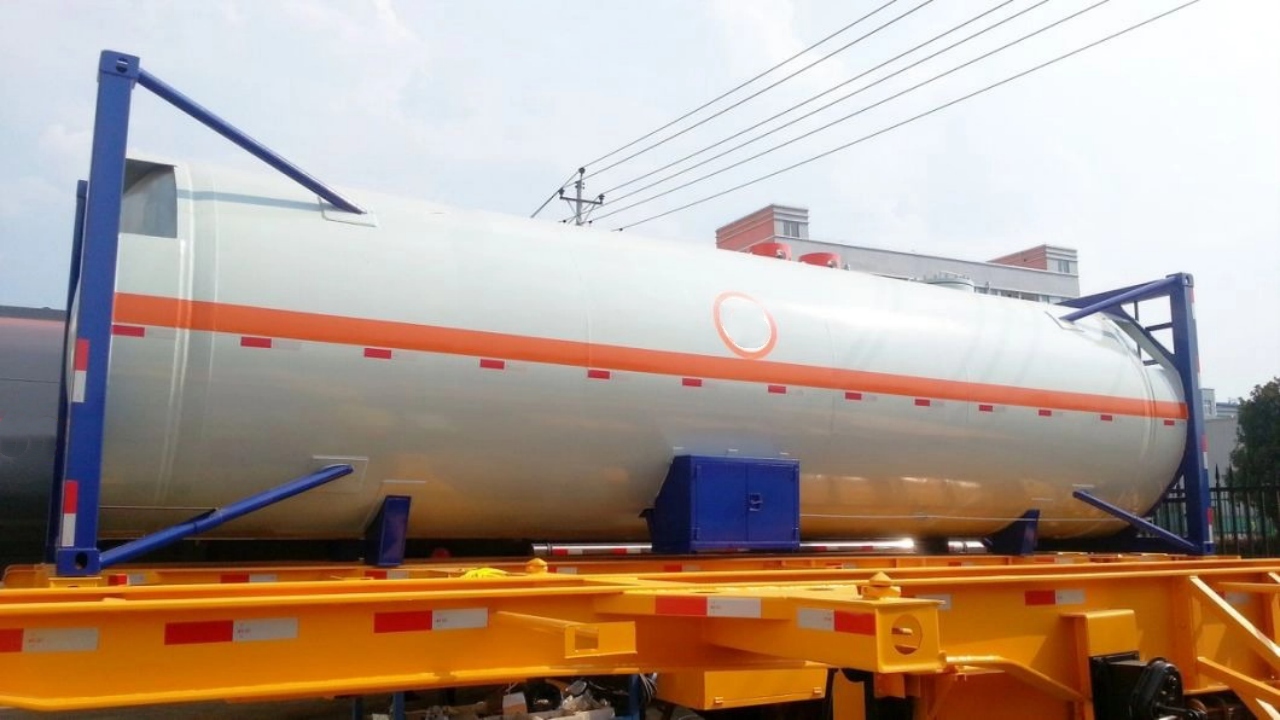
Signs That an ISO Tank Is Nearing the End of Its Useful Life
While inspections provide concrete assessments, several visible or operational signs may indicate an ISO tank is approaching obsolescence:
- Persistent leaks or valve failures
- Visible signs of corrosion or pitting inside the tank
- Structural damage to the frame
- Repeated failure in pressure tests
- The cost of repair exceeds the tank’s residual value
When these signs become frequent, operators may opt to retire the tank from transport use and consider other options.
Repurposing and End-of-Life Options
Even after an ISO tank reaches the end of its transport service life, it doesn’t necessarily mean it’s destined for the scrapyard. Many retired tanks are repurposed for secondary uses, including:
- Static Storage: Used as stationary tanks for holding water, fuel, or chemicals on industrial sites.
- Industrial Applications: Converted into pressure vessels or reaction chambers in factories.
- Emergency Water Supply: Used in disaster relief operations or rural areas for water storage.
- Creative Reuse: Some have been converted into modular housing, swimming pools, or art installations.
This ability to repurpose ISO tanks contributes positively to environmental sustainability by extending the material utility and reducing waste.
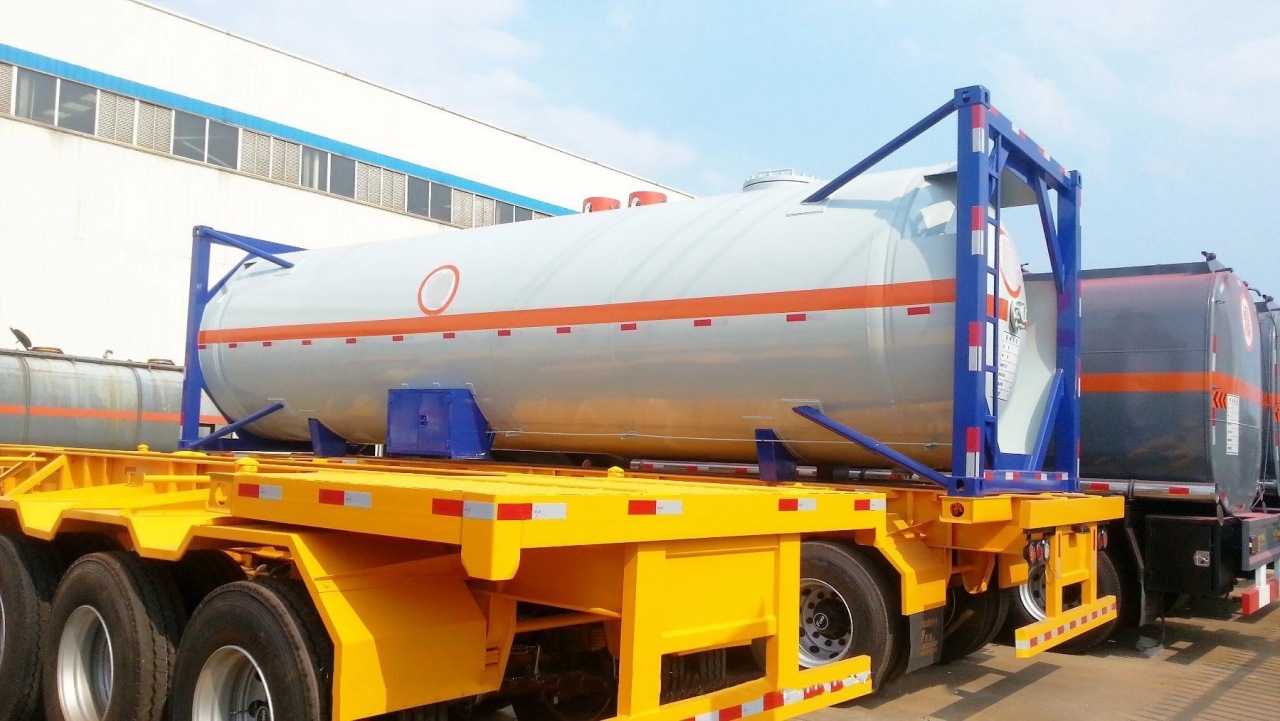
Extending ISO Tank Lifespan
Fleet operators and tank owners often implement strategies to maximize the return on investment (ROI) by extending tank life:
- Implement Preventative Maintenance Programs: Routine checks and early detection of issues help avoid catastrophic failures and prolong operational life.
- Invest in Tank Linings or Coatings: Special coatings can protect the tank interior against corrosion from specific chemicals.
- Track Tank History: Keeping detailed records of cargo history, maintenance, and inspections helps identify high-risk tanks and optimize usage.
- Use Dedicated Tanks: Assigning tanks to specific cargo types reduces the risks of cross-contamination and corrosion from incompatible substances.
Conclusion
The useful life of an ISO tank is typically between 20 to 30 years, but this is a flexible estimate influenced by numerous operational, environmental, and managerial factors. With proper handling, maintenance, and periodic inspections, many ISO tanks exceed 2 decades of service. Understanding the variables that impact tank longevity can help owners make informed decisions on purchasing, maintaining, and eventually retiring or repurposing these vital assets.
As the logistics industry continues to prioritize safety, sustainability, and efficiency, the role of ISO tanks will remain central, provided their lifecycle is managed with the care and foresight they deserve.
